How To Find The Best Material-Handling Equipment Supplier?
Efficient material handling at the core of any successful warehouse, manufacturing plant, or distribution center.
From lifting heavy slabs to precisely placing delicate items, the right equipment—and the right supplier—can make all the difference in productivity, safety, and cost control. In this guide, we’ll explore how to identify and evaluate suppliers of material-handling equipment so you can be confident you’re partnering with the best in the industry.
Understanding Your Material-Handling Needs
Before you even begin researching suppliers, it’s essential to clearly define what you need:
-
Load Types & Weights
Are you moving stone slabs, fragile glass sheets, palletized goods or oddly shaped components? Different payloads demand tailored solutions, from lifting clamp and vacuum lifter slab lifter setups to scissor lifter or gantry crane material handling systems. -
Throughput & Workflow
Consider cycle times, shift patterns, and how often equipment will be used. High-frequency operations may benefit from material-handling equipment with automated features or ratchet tie down traps for quick securing. -
Space Constraints
Narrow aisles, mezzanine levels, or multi-story storage call for compact, maneuverable solutions—think vertical lifts or narrow-aisle forklifts rather than bulkier cranes. -
Safety & Ergonomics
Prioritize equipment that reduces manual strain (ergonomic controls, balanced lifters) and incorporates safety features such as overload sensors or fail-safe brakes.
Key Criteria for Evaluating Suppliers
When you know your requirements, gauge potential suppliers against these critical factors:
Product Range & Quality
A top-tier supplier should offer a comprehensive portfolio:
-
Heavy-duty cranes and jibs
-
Vacuum lifters, slab lifters, and glass lifters
-
Manual and powered carts, trolleys, and conveyors
-
Specialized attachments like Adjustable Forklift Boom Attachment
-
Securement solutions such as Heavy-duty tie down solutions
Products should be engineered from high-grade materials, tested under load, and compliant with relevant safety standards (CE, ANSI, ISO).
Technical Expertise & Support
Look for suppliers who offer:
-
In-house engineering for custom adaptations
-
On-site consultation to tailor layouts and workflows
-
Training programs on safe operation and preventive maintenance
-
Reliable spare-parts availability to minimize downtime
Pricing & Total Cost of Ownership
Beyond initial purchase price, evaluate:
-
Warranty terms (length, coverage)
-
Maintenance packages or service contracts
-
Return-on-investment analyses, comparing labor savings, reduced damage, and increased throughput
Top Equipment to Consider
Whether you’re just starting your search or fine-tuning your shortlist, these proven solutions deserve a close look:
-
The robust Transport Frame TF2000 – ideal for moving palletized loads or bulky materials.
-
Automatic Slab Lifter with Rollers – streamlines stone slab handling.
-
The indispensable utility of the Aardwolf Scissor Lifting Clamp – perfect for precise vertical lifting in tight spaces.
-
Applications of Gantry Cranes – see how portable gantries adapt to varied job sites.
-
Smart Material Handling Innovations – explore IoT and automation breakthroughs.
-
High-capacity Vacuum Lifter – for heavy, non-porous sheets up to 1 000 kg.
-
Streamlining Stone Handling – sustainable transport-frame strategies.
-
Block lifting optimize material handling – boost stone-processing throughput.
-
Glass lifter AL30AWJH – tailored for glazing and storefront installation.
-
A heavy-duty Crane – versatile jib-crane configurations.
-
The Right Material Handling – decision-making guide.
-
Material Handling Technology – overview of manual vs. automated systems.
-
Which material handling equipment list manufacturing industries need? – industry-specific recommendations.
-
The Future Hold for Kerb Stones – specialized lifting for curb-stone applications.
-
Durability and Maintenance of Material Handling Trolley – selecting and caring for carts.
-
Hiring a Granite Countertop Installation Company – partner for end-user installation.
-
Countertop Maintenance Tips – protect finished surfaces post-installation.
-
Quality Lifting Clamps – match clamp style to payload.
-
Choosing suction cups for glass – optimal gripping force and pad material.
-
Lifting Equipment and Its Applications – from hoists to vacuum lifters.
Best Practices for Supplier Selection
-
Request References & Case Studies
Talk to peers in your industry about real-world performance. -
Conduct Factory Visits
Whenever possible, tour production facilities to assess quality control. -
Pilot Testing
Lease or demo key items—such as a High-capacity Vacuum Lifter—to verify fit and function before committing. -
Negotiate Service Agreements
Ensure your contract covers preventive maintenance, emergency support, and spare parts lead times. -
Measure Performance
Track KPIs like throughput gains, damage reduction, and ROI to justify future investments.
Conclusion
Selecting the right material-handling equipment supplier is about more than price—it’s a strategic partnership that impacts safety, efficiency, and long-term costs. By clearly defining your operational needs, evaluating suppliers on product breadth and support, and piloting solutions in your environment, you’ll be equipped to choose a partner who can grow with your business.


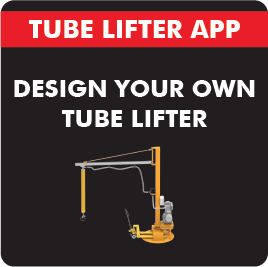

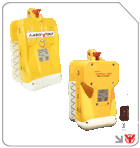
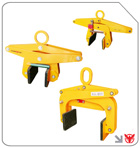
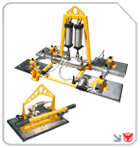
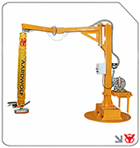
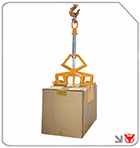
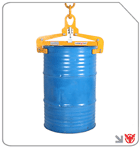
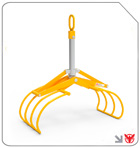
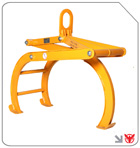
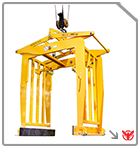
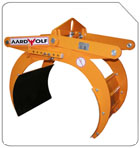
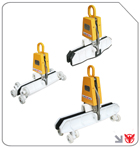
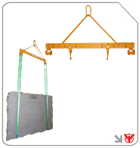
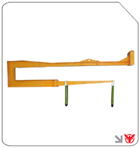
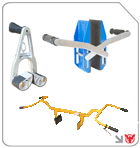
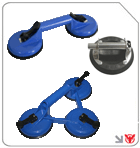
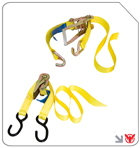
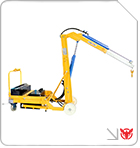
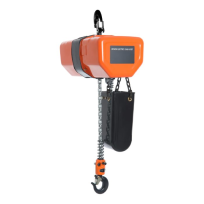
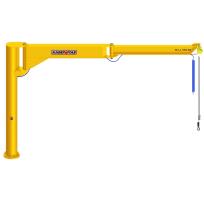
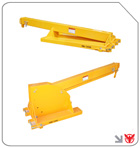
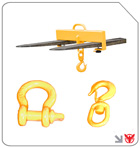
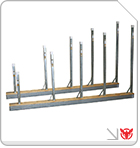
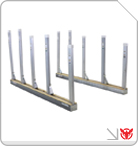
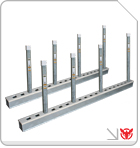
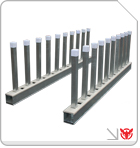
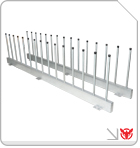
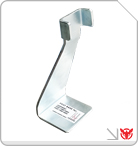
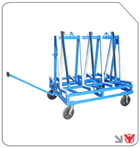
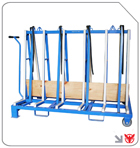
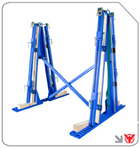
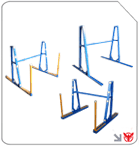
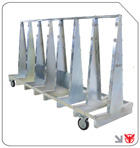
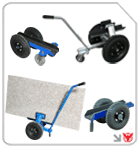
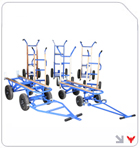
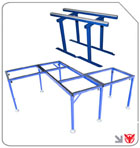
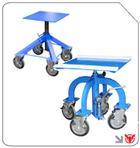
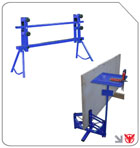
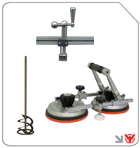

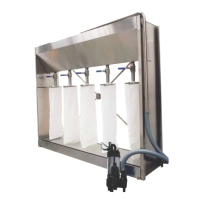
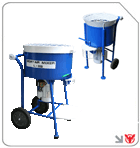
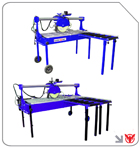
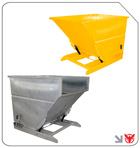
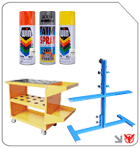
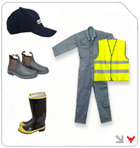
Follow us on: